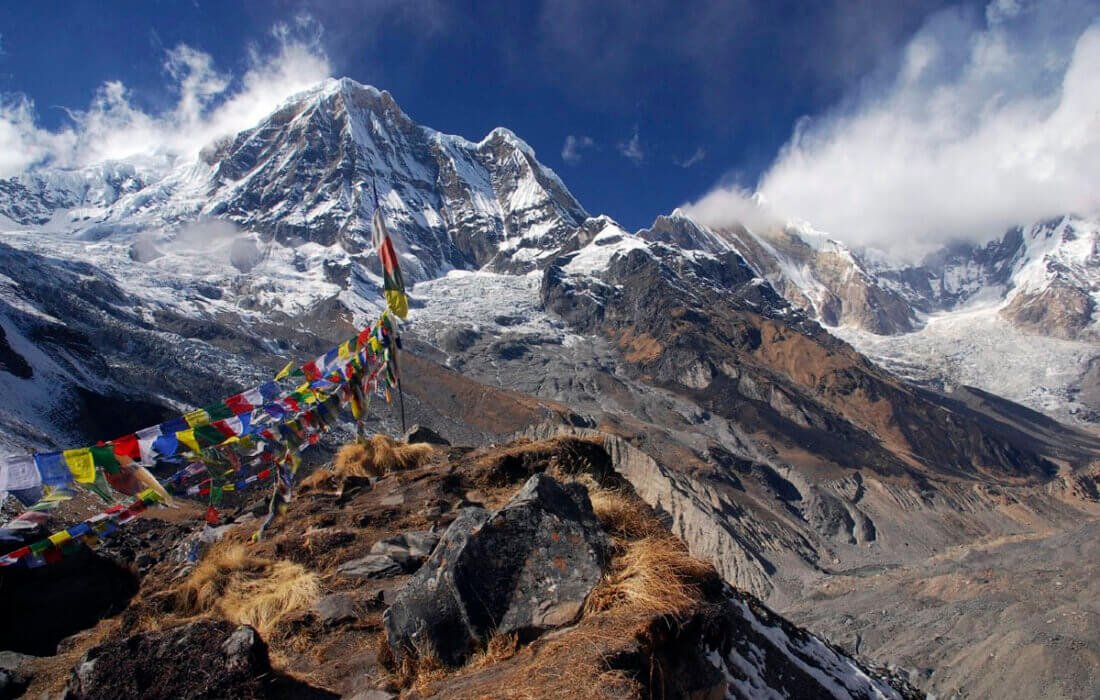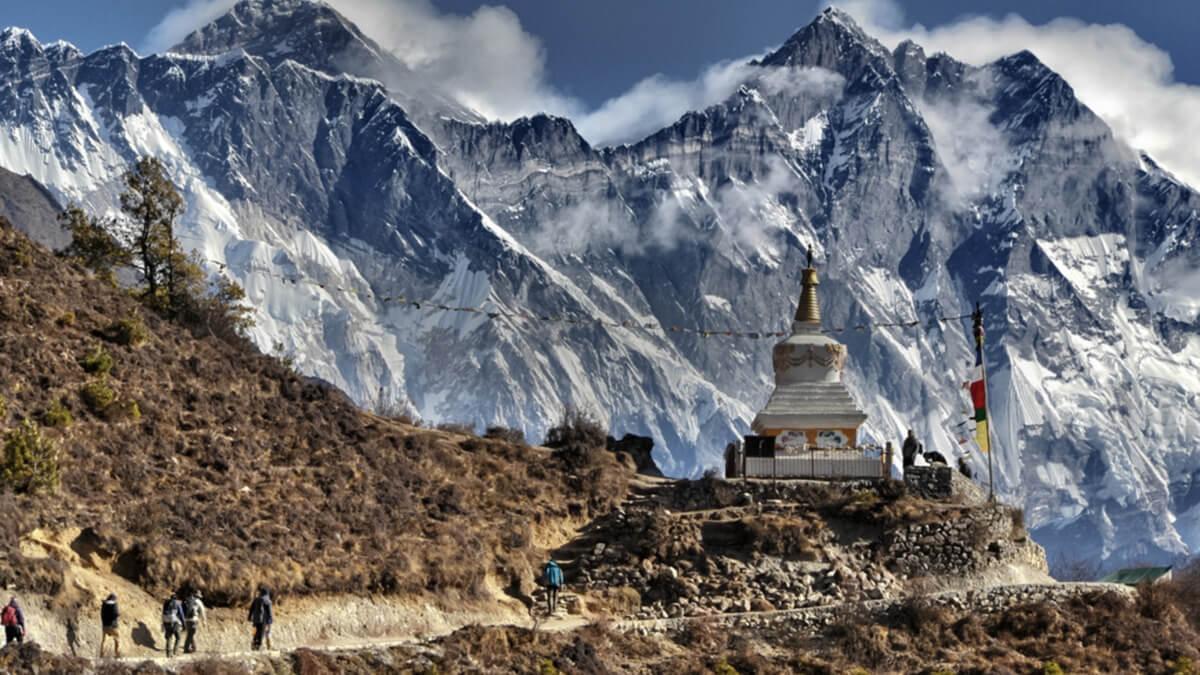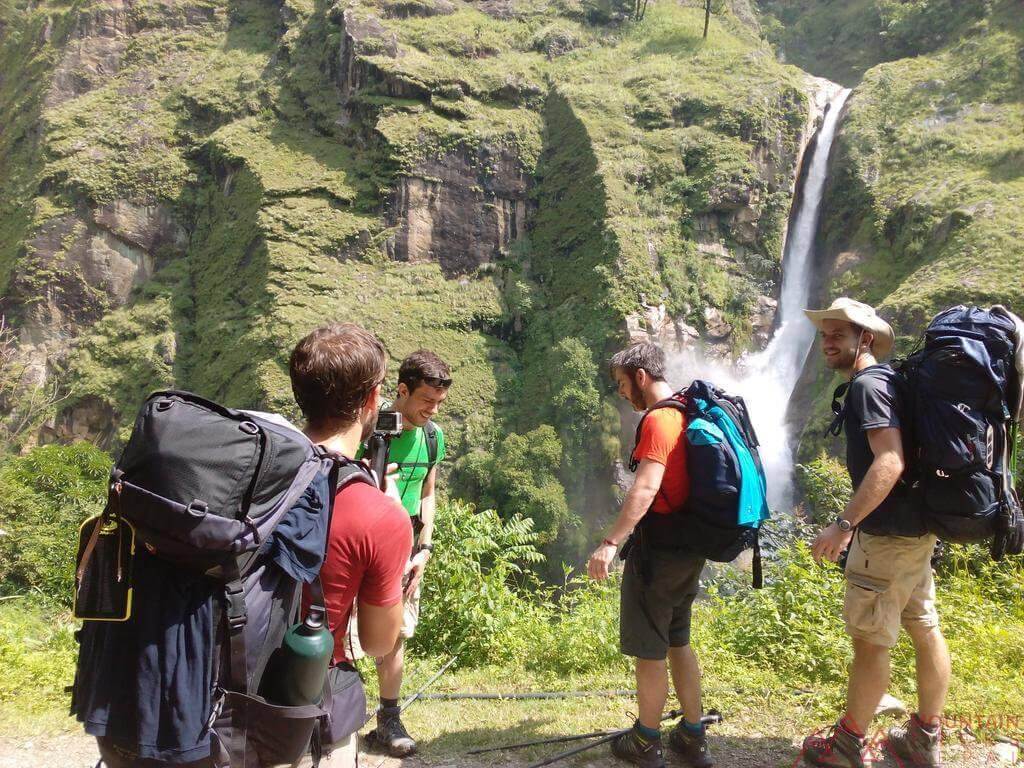Share This:

Embark on the Journey of a Lifetime – The Annapurna Circuit Trek with Mountain Treks Nepal
Introduction
Deep in the rugged heart of Nepal lies one of the world’s most iconic trekking routes: the Annapurna Circuit. This epic journey offers an extraordinary mix of soaring Himalayan peaks, dramatic terrain changes, vibrant cultural experiences and high-altitude adventure. At the helm of guiding trekkers through this spectacle is Mountain Treks Nepal your local partner committed to making this trek unforgettable, safe and authentic.
Whether you’re a seasoned mountaineer or an adventurous first-time trekker, this blog will take you through everything you need to know about the Annapurna Circuit Trek from why it’s so special, to the route, logistics, cultures encountered, and how Mountain Treks Nepal elevates the experience.
Why the Annapurna Circuit Trek?

The Annapurna Circuit harnesses some of the most varied landscapes on Earth. Starting in verdant lowland valleys and ending high above the clouds, you traverse subtropical forests, alpine meadows, arid Tibetan-style plateaus and cross the mighty high pass of Thorong La Pass at 5,416 m.
Highlights include:
-
A route length varying from 160–230 km depending on variant and road/vehicle use.
-
Highest altitude: 5,416 m at Thorong La.
-
Viewpoints of major Himalayan giants: the Annapurnas, Dhaulagiri, Manaslu, Tilicho and more.
-
Cultural richness: passing through Gurung, Thakali, Tibetan-influenced villages; mix of Hindu and Buddhist traditions.
Simply put: this trek is a microcosm of what makes Nepal’s mountains legendary altitude, diversity, culture, views. And with Mountain Treks Nepal, you’re not just walking a path you’re being guided through a living landscape.
Who Should Go?
If you’ve ever felt that calling in the mountains the air thinning, the peaks rising, the culture changing then the Annapurna Circuit is for you. That said, it’s important to be realistic:
-
Fitness & stamina: While teahouse accommodations make it accessible, you’ll still gain substantial altitude and walk multiple hours daily.
-
Time-commitment: You’ll need ~12-20 days (depending on style) to complete the classic loop.
-
Altitude awareness: Crossing 5,400 m is no joke acclimatisation, proper pacing and guidance matter.
-
Mindset: Embrace changing weather, variable trail conditions, and a bit of rustic comfort.
With Mountain Treks Nepal, you’ll have expert local guides, logistics managed, and the support needed to push into this realm with confidence and enjoyment.
The Route & Itinerary Overview
Here’s a strong outline of the classic Annapurna Circuit, with insights into how Mountain Treks Nepal bridges logistics, culture and safety.
1. Arrival & Pre-Trek Preparation
-
Arrive in Kathmandu, Nepal’s vibrant capital. Take a rest day to recover from travel, meet your trekking team (guide, porter) and review gear & permits.
-
Transfer from Kathmandu to the trailhead (often via bus or jeep to Bhulbhule/Besisahar) a scenic drive that eases you into the journey.
2. Beginning the Trail – Low to Mid Altitudes
Over the first days you move from lush valleys into mountain settlements:
-
Bhulbhule / Besisahar (≈760 m) to Jagat/Chamje.
-
Dharapani (~1,960 m) then Chame (~2,710 m) through forest, rivers, suspension bridges.
This phase is about warming up your legs and lungs while enjoying village life and scenery.
3. Into the High Mountains – Manang Region
-
Pisang (~3,300 m) to Manang (~3,540 m).
-
Take an acclimatisation day in Manang, exploring nearby trails, relaxing and preparing for higher altitudes.
Here the vegetation thins, the terrain transitions, and the views start to open dramatically.
4. The Big Pass – Thorong La (5,416 m)
-
From Manang to Yak Kharka (~4,050 m) then to Thorong Phedi (~4,525 m) and then the summit of Thorong La Pass at 5,416 m.
-
Celebrate the ascent — this is one of the defining moments of the trek. On the descent you’ll typically head towards the pilgrimage town of Muktinath (~3,800 m).
Crossing this pass is the epic climax: thin air, breathtaking vista, sense of achievement.
5. Descent Towards Kali Gandaki Gorge & End Point
-
After Muktinath, descend into the deep valley of the Kali Gandaki Gorge (one of the world’s deepest).
-
Continue through Jomsom, Tatopani (optional hot springs), and finish at Nayapul/Pokhara or similar depending on variant.
Finally, you reach lower altitudes, relax, reflect, and celebrate your journey.
6. Return
-
From Pokhara or another endpoint, travel back to Kathmandu (by bus/jeep or flight if available).
-
Debrief, rest, and prepare your journey home.
Why Choose Mountain Treks Nepal?

When you pick a trekking company, the difference between a good trek and a great one lies in guidance, logistics, local knowledge and heart. Here’s how Mountain Treks Nepal stands out:
-
Local expertise: Based in the Kathmandu/Pā tan region, they know the terrain, the culture and what it takes to keep you safe and comfortable.
-
Tailored itineraries: Whether you have 12 days or 20, they can adapt the trek to your fitness, interests and timeframe.
-
Guides & porters you can trust: English-speaking, experienced guides, and porters who manage your gear so you can focus on the experience.
-
Safety & acclimatisation: Emphasis on resting days, proper pacing and altitude awareness to maximise enjoyment and minimise risk.
-
Cultural immersion: They bring you into authentic villages, local cuisine, and stories of the people living in the region not just tick the peaks.
-
Sustainability & respect: Responsible trekking practices that respect the environment and local communities.
By choosing Mountain Treks Nepal, you’re not just booking a trip you’re partnering with a team invested in making your trek transformative.
Best Season to Trek
Your timing matters a lot. For the Annapurna Circuit:
-
Autumn (September–November): Clear skies, stable weather, excellent views. Peak season.
-
Spring (March–May): Warm, rhododendron bloom, beautiful conditions. More moderate crowds.
-
Winter (December–February): Very cold, snow may block high pass; fewer trekkers.
-
Monsoon (June–August): Rainy, landslide risk, leeches in lower areas, often less desirable.
For both scenery and comfort, autumn & spring are ideal. With Mountain Treks Nepal guiding you, you can choose the season that fits your calendar and fitness.
What to Expect on Trail
Accommodation & Meals
You’ll stay mostly in teahouses/guesthouses — simple rooms, twin beds, shared bathrooms in many places. Food options include Nepali staples like dal bhat, momos, noodles.
Daily Trekking
Expect walking 5-6 hours some days, more on the pass day. Terrain varies: stone steps, valley trails, high passes, occasional snow.
Climate Changes
From warm valley mornings to freezing higher nights. Altitude and weather shift quickly. Be ready.
Cultural Moments
Villages of Gurung, Thakali, Tibetan influenced communities. Prayer flags, mani walls, monasteries, a living mountain culture.
Wildlife & Nature
You might spot blue sheep, Himalayan birds, alpine landscapes. The environment changes rapidly from lush green to stark dry plateaus.
Permits & Cost Considerations
For trekking in the Annapurna Conservation Area, you’ll need:
-
Annapurna Conservation Area Permit (ACAP) — approximately USD 24 (foreign nationals) though local rates vary.
-
Trekkers’ Information Management System (TIMS) card — approx USD 16 (foreign nationals).
With Mountain Treks Nepal, these administrative tasks are handled on your behalf, so you can focus on the journey not the paperwork.
Cost factors include: guide/porter fees, accommodation & meals, transportation, permits, gear rental (if needed). For example, guide & porter fees are around USD 30–40 / USD 25–30 per day respectively.
Trekkers’ Tips for Success
-
Train beforehand: Cardio, leg strength, hiking with backpack preparation helps.
-
Pack wisely: Layers, good hiking boots, trekking poles, sun protection, warm outerwear for high passes.
-
Acclimatise: Listen to your body; don’t rush. One rest day in Manang is often wise.
-
Hydrate & eat well: Keep your energy up. The altitude will demand it.
-
Respect the culture: Ask before photographing, follow local norms, and tread gently on nature.
-
Go with a guide: Conditions, route changes, weather can all influence safety and joy. Mountain Treks Nepal makes this seamless.
-
Enjoy the small moments: Sunrise at a ridge, tea in a teahouse, village life these are what you remember.
The Mountain Treks Nepal Advantage – Your Experience
Imagine waking up to the first light touching the pinnacles of the Annapurna massif, stepping out into crisp high mountain air. You gather with your guide from Mountain Treks Nepal, go over the day’s plan, sipping tea in a cozy teahouse. You walk through rhododendron forests, cross a suspension bridge over the rushing Marsyangdi, greet villagers tending terraces, laugh with porters telling stories.
You reach Manang, take a rest day, explore a glacial lake, acclimatise. On the big day you stand at Thorong La 5,416 m heart pounding, breath shallow, but the views stretch forever. You descend into Mustang-influenced valleys, visit the sacred temple of Muktinath, traverse the world’s deepest gorge in the Kali Gandaki. All the while your Mountain Treks Nepal team is with you supporting logistics, keeping things safe, making sure you’re not just surviving the trek but thriving on it.
At trek’s end, you arrive in Pokhara or Nayapul triumphant, changed, filled with memories. You reflect on mountain ridges, cultures, personal growth. This isn’t just a trek, it’s a story you’ll carry.
Final Word
The Annapurna Circuit Trek is more than a hiking route it’s a transformation. It’s the mountains talking, ancient cultures unfolding, nature showing us scale, challenge and beauty. And when you choose Mountain Treks Nepal to guide that journey, you’re choosing more than logistics you’re choosing authenticity, local connection, safety, and heart.
If you’ve ever dreamed of walking into the Himalayas, walking around one of the world’s great mountain massifs, feeling small and alive, this is your moment. Let Mountain Treks Nepal help you realise it.
